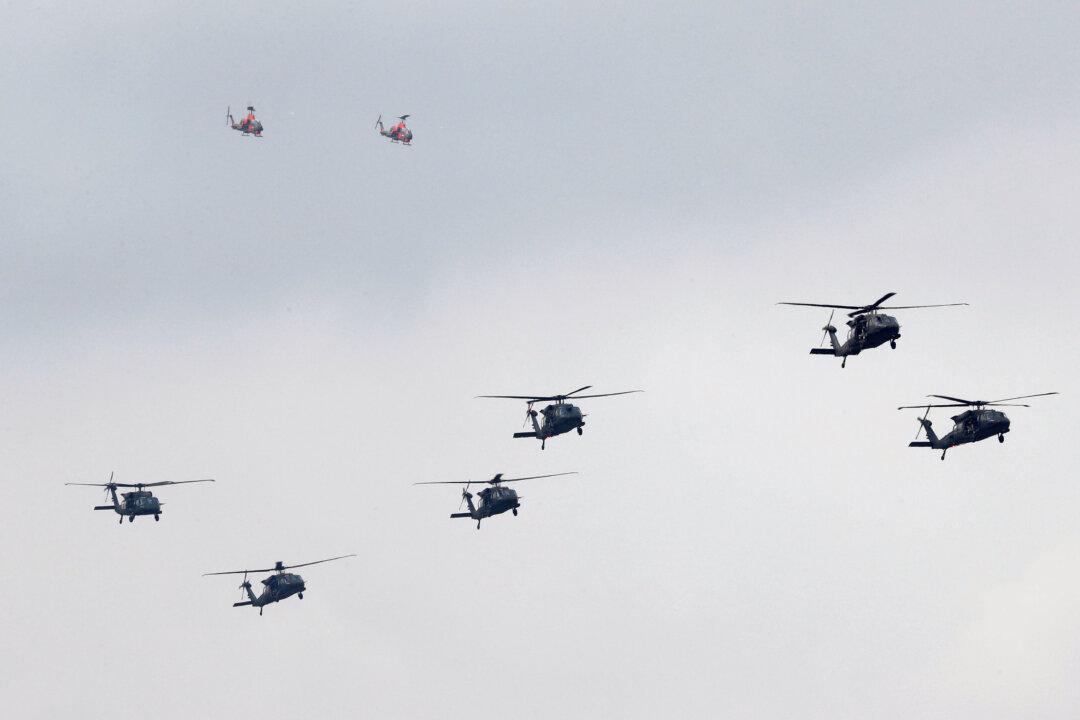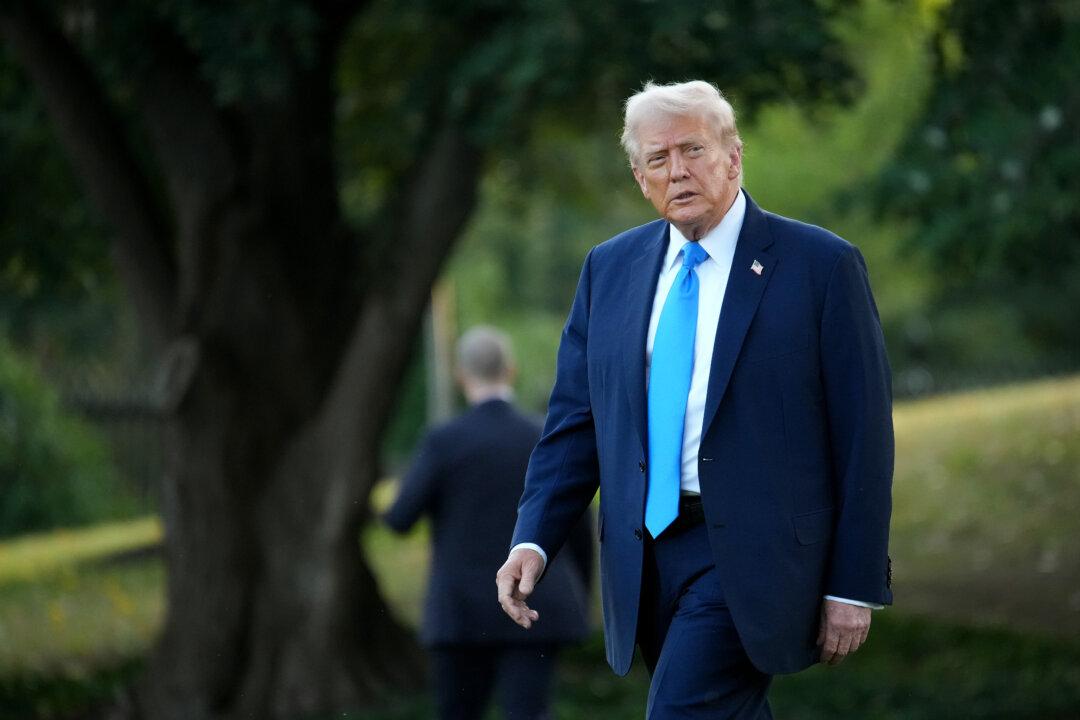The Chinese Communist Party (CCP) may lean heavier on a gray zone warfare strategy than hard military power in its attempt to take over Taiwan after witnessing Russia’s invasion of Ukraine, China analysts suggested in a panel discussion.
“Although the gap of military spending and strength between Taiwan and China has been expanding, it seems that China is likely to use gray zone tactics to subvert Taiwan rather than an outright invasion.” Dr. Lee Jyun-yi, a researcher at the Institute for National Defense and Security Research (INDSR), said in a virtual panel discussion hosted by the Global Taiwan Institute on March 9.





